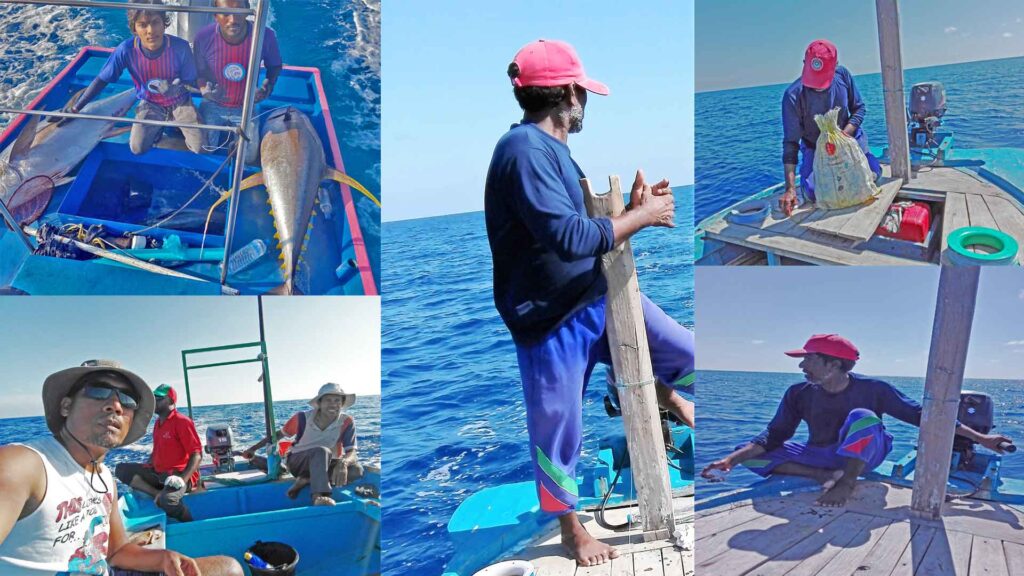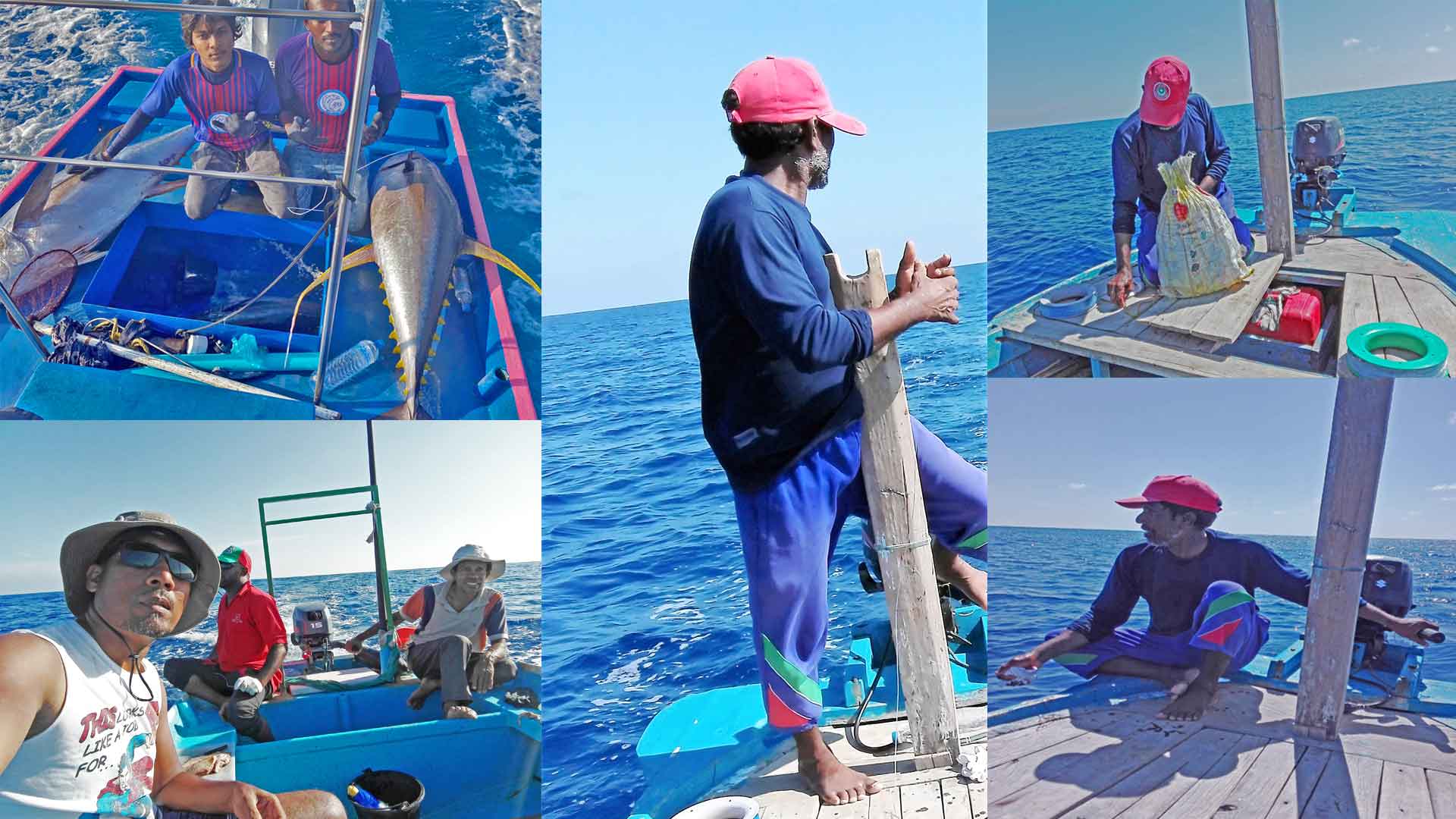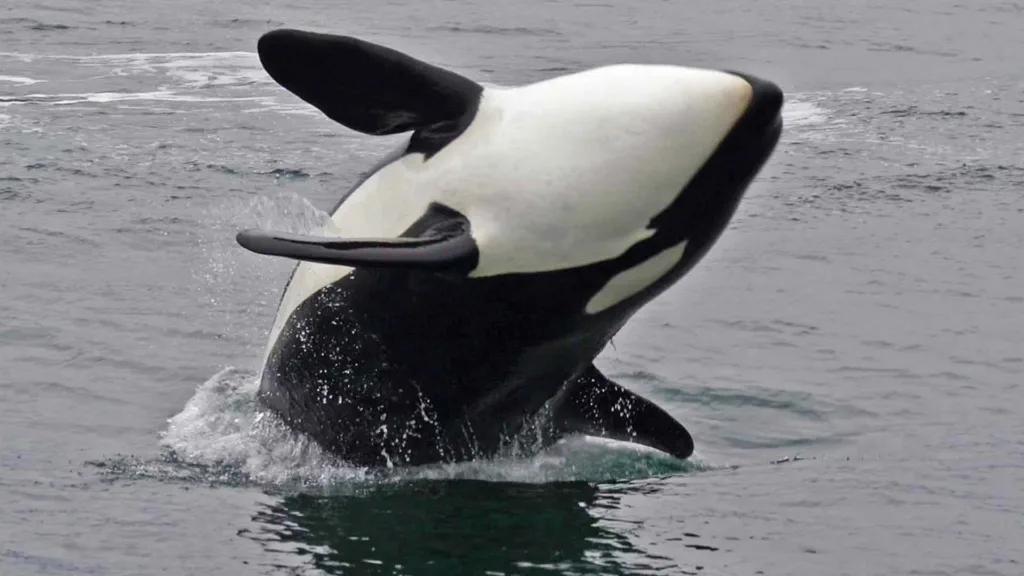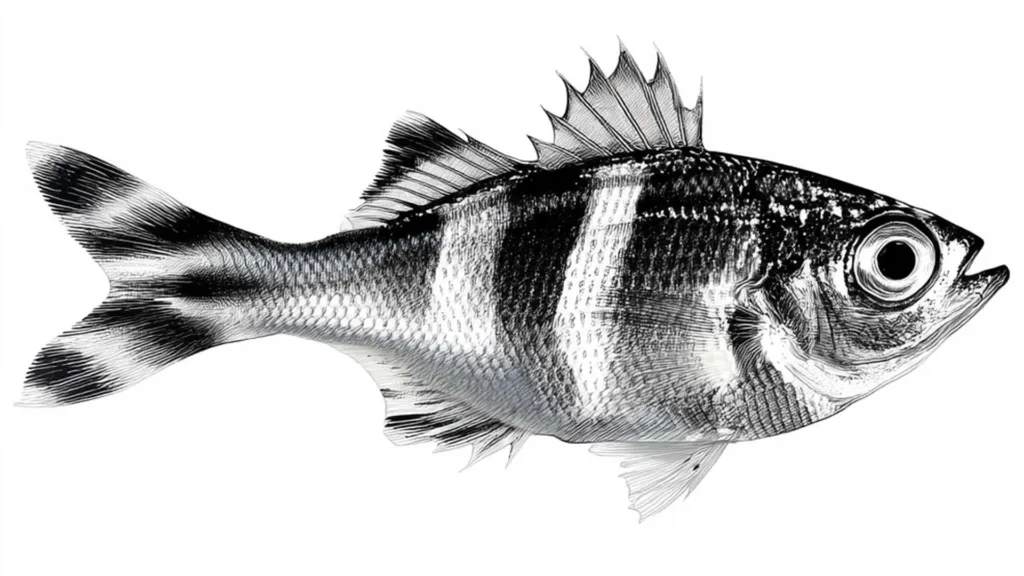
Trolling is a method of fishing where the boat drags, pulls or tows a line or lines with one or more hooks with a natural bait or an artificial lure. This process exhibits art of presenting lures or bait behind a moving vessel. It entices fish to strike the lure or bait. It has captivated fishermen for generations.You can use natural baits according to area where you are trolling.
The natural baits are rigged with lures or skirts such as Illander lures. You can vary the size, color, and weight. Boat size and the environment will decide the spread. Keep an eye on your baits to check whether they are presented well and are in good formation.
Lures or baits are towed behind the moving fishing vessel. In the early days, it was two to four lines. But now there are usually between 5 and 20 single hooked lines. They have different weights set at different distances behind the vessel. This prevents lines from tangling with each other.
Many vessels use extended poles pointing outwards on either side of the vessel. These are called outriggers. It provides greater coverage.The moving of these lure formation resembles movement of small fish such as mackerel scads. These are seen as prey as they resemble small bait fish.
When a fish is hooked, it is pulled by hand. But sometimes winches are also used. This depends on the type of vessel or the set-up of the vessel.Small open boats and large vessels are used for trolling. Yellowfin is a continues traveler, never stops swimming. They need a continuous pass of water through their gills to intake oxygen.
As you troll or move the vessel along the surface, the chances are higher to meet them. Varying the speed and size of the lure are things that you can do to attract and optimize the presentation.
Spread and Stagger method
This is a method that is used to deploy multiple lines at varying distances and depths behind the moving vessel. This creates an enticing spread of lures. The advantage of this method is it performs the imitation of a school of fish. Keep in mind: to cover different depths that the lure is positioned and moving, you can vary the length of the lines.
Speed
Keep the speed between 4 and 8 knots. Depending on the conditions and the activity of tuna, you can vary the speed. Sometimes they are active with faster speed. They also respond well with slow trolling speed. This is fishing, which is unpredictable. So, the ‘rules’ in the book may not work.
Look for birds and surface disturbances. Make indirect turns: some people call it zigzag patterns to simulate the natural evasive actions of prey. They are predators with strong senses. Do the tricks and magic to ignite their predatory instincts.




